Start with a practical step: buy Troika metro cards and carry a bottle of water; keep small ruble notes for market stalls, since many vendors still prefer cash, while most transit and many shops accept cards.
First impressions may leave you surprised. Begin with a firm handshake, then a brief nod; keep your eyes relaxed and avoid prolonged staring. In shops and taxis, address staff with polite formality, and show gratitude with a simple “thank you” in Russian–spasibo–which smooths conversations.
In dining venues, watch how locals settle the bill, avoid loud toasts, and keep voices moderate. In famous cafes near busy building entrances, wait your turn, hold doors for others, and step back to give space. Mistakes to avoid include leaning on glass surfaces, crowding entrances, or photographing private spaces without permission. Reading the room and a quick review of etiquette tips helps you adapt quickly.
In markets and museums, keep valuables secure; don’t display everything at once; avoid blocking entrances. Our varim guide highlights where to watch for crowds, the best times to visit famous buildings, and tips to avoid mistakes. It also explains gestures, queue etiquette, and how to read signals to prevent misunderstandings.
From the first interaction onward, become a confident traveler by following practical tips. Wear comfortable shoes for long walks, avoid flashy outfits in religious sites or government buildings, and keep phones silent. Then next, learn a few polite phrases and basic greetings; gratitude builds rapport with locals, so say spasibo sincerely, and smile with your eyes.
Download the full guide to become adept at Moscow etiquette in real life. It includes concrete tips, market spots, building entrances, and etiquette notes that help you avoid mistakes and enjoy everything about local interactions. Grab it now and start traveling with greater awareness and gratitude.
Travel Etiquette in Moscow
Greet with a simple “Hello” or “Здравствуйте” and keep your voice low in public spaces. You might notice these small gestures set a positive tone, and awareness of quiet surroundings helps you fit in quickly in Moscow.
When you are invited to a Moscow home, bring a small gift such as chocolate or candies; presenting sweets in a neat bag signals thanks and makes guests feel welcome.
In sacred spaces, wear modest clothing; women should cover shoulders and avoid sleeveless outfits. Remove hats indoors and keep your voice calm; a respectful approach helps you blend with locals in these places. A woman wearing bright logos might draw attention, so choose subdued styles and let the setting guide your attire.
On escalators and in transit, stand on the right and walk on the left; queue patiently at ticket desks, and during rush hour let others pass. This simple rhythm keeps crowds moving smoothly through public places.
In cafes and restaurants, tip at least 5–10% if service isn’t included; for higher-end places, 10–15% is common. Check the receipt or information board if tipping is included; okay to ask the server if you’re unsure.
Markets offer multiple price points; in these venues you can negotiate with multiple vendors in a friendly tone, and compare quotes before you buy. In larger stores, prices are fixed, but in markets you may hear offers; keep awareness of genuine deals and choose reputable stalls for fair purchases.
Gift-giving for hosts follows simple rules: a small gesture such as chocolate, candies, or sweets is okay; present them in a light china box or a porcelain dish, and offer them with both hands. This kind of example often becomes a warm memory for guests.
At major places like museums or galleries, follow posted rules and keep your awareness focused on exhibits. Use designated bags or lockers if provided, read information signs, and plan your route to avoid crowds during peak hours.
Do’s for Moscow Visitors: Greetings, Personal Space, and Small Talk
Greet with a firm handshake and a clear “Hello” or “Здравствуйте” depending on formality. Use clear greetings to set the mood. Maintain brief eye contact, then state your name and where you are from. This simple, direct greeting reduces awkwardness and signals respect to hosts and speakers alike.
Keep a comfortable personal space: stand about an arm’s length away, avoid touching, and step back if conversations become intimate; in crowded places, go with the flow but still maintain boundaries, and with women in mixed groups, give space and let them set the pace in conversations; in long exchanges, pause to let others speak, keeping the rhythm natural.
Use small talk to build rapport: asking open questions about the city, travel plans, or local recommendations; phrase ideas like “What would you recommend to see first?” or “Where are you from?” to invite specifics. Be mindful of topics; steer away from money, politics, or family disputes early; if someone is a host, follow their lead, and avoid forcing topics that might feel too personal.
With hosts or in a household, greet everyone individually, wait to be invited to sit, and gladly join when offered; include a plan for the next steps, such as meals or sightseeing, to keep expectations clear and make coordination easier.
Avoid common mistakes: rushing greetings, interrupting, or speaking too loudly. Stay aware of tone and pace; observe formality cues and mirror the other person’s rhythm. This might feel unfamiliar at first, but it helps you become more comfortable and reduces awkward moments, even in crowded settings; you might find that long conversations become smoother as you practice. Avoid discussing funerals or other intimate rites in initial meetings.
For local insight, a источник etiquette guides notes that concise greetings work well in most Moscow settings; for deeper insight, stay flexible and read the room. In conversations with speakers or locals, keep responses short, relevant, and respectful, and you’ll likely leave a positive impression. Respect comes from listening and adapting, and the shared experiences of travelers can inform your own approach to future encounters, including how you handle gifts, thanks, and farewells.
Gift Giving Etiquette in Russia
Give a small, thoughtfully wrapped gift to your host when visiting in russia, and present it with both hands.
Native hosts appreciate practical items such as a box of sweets, chocolates, tea, coffee, or a regional specialty. If you are visiting for a party, bring a box of sweets or a few small dishes to share; avoid cash or valuables.
Wrap the gift in plain paper with a neutral ribbon and keep the presentation clean. Hand it to the host with both hands and make brief eye contact. The host may refuse the gift at first, but you should insist once, and they will likely receive it gladly.
Flowers are acceptable in moderation; choose a modest bouquet and avoid daisies, which some associate with funerals. In greetings, the normal move is a handshake; some hosts may offer a cheek kiss only among close circles, but you should follow the host’s cue when visiting; being attentive helps the moment stay comfortable.
After the exchange, stay for tea and light talk rather than rushing off. Youll often share dishes, hear stories, and feel the hospitality grow in russia. This guide reflects practical tips from an etiquette academy, but observe local vibes and adapt on the spot.
Dining and Public Behavior: Table Manners, Toasts, and Public Transport
Stand to greet the host and ask where to sit. Sure to follow the host’s seating cue, often the best approach is waiting for the invitation before touching the first course. In russian dining life, learning a few phrases for greetings and thanks goes a long way when you’re staying for several courses.
Table manners begin with posture and utensils. Place the napkin on your lap, keep elbows off the table, and use utensils from the outside in. For shared dishes, use a clean serving spoon or fork, and don’t spear food with the same implement you use for your mouth. If you’re unsure, observe the host for the rhythm of courses and pace your own eating to match the table’s tempo.
Toasts mark moments of the evening. Wait for the host to signal a toast, then speak briefly and clearly. Maintain eye contact with the person you’re toasting, avoid long speeches, and keep your glass at about chest height rather than overhead. When drinking, sip rather than gulp, and if you prefer water or a non‑alcohol option, announce it politely so the host knows your intention before you fill your glass again. If a guest offers a compliment, respond with thanks and a nod rather than a comment on the gifts or the food itself.
Public transport etiquette supports smooth flow and respect. In the Moscow metro, stand to the right on escalators to leave the left side clear for faster passing. Let passengers exit before you board, and offer your seat to elderly, disabled, or travelers with children. Keep voices soft, silence ringtones when possible, and avoid eating or drinking on carriages; if you must drink, cap the container and minimize noise. Don’t block doorways or lean on rails, and dispose of trash in designated bins.
Home visits or informal gatherings introduce a different nuance. If slippers are offered, accepting them signals you respect the host’s comfort; if not, keep your shoes on and avoid cluttering entryways. In informal settings, use a warm greeting and a concise thank you when leaving. A small, tasteful gift is a nice touch; present it after seating or upon departure, and avoid overly elaborate packaging that slows the goodbye.
Passing dishes and pacing the table require awareness. When passing a dish, extend it with the right hand and offer it with a brief, polite phrase like “please” or “thank you.” If you aren’t sure which dish is communal, ask briefly before taking a portion. If a course requires a different plate, switch utensils smoothly and avoid stacking dishes on the edge of the table. Staying attentive to others’ needs shows you know the flow of a well‑run meal.
Communication matters even outside the dining room. Before leaving a group or public setting, confirm if you should settle the bill or if someone will cover it; saying “before I go, may I settle this?” demonstrates clear intentions and respect. Some people enjoy sharing stories about the meal or the city life; participate with a light, respectful tone and avoid dominating the conversation. Think about your tone and pace, because the perfect impression comes from a calm, friendly approach that matches the moment, not from grand gestures or girly bravado.
Restaurant Etiquette: Paying the Bill and Tipping
Decide who covers the bill before it arrives and settle it promptly when the server brings the check, keeping the moment discreet and friendly.
In Moscow, manners vary by setting, from a casual teremok to a high-end restaurant, but the core rules are the same: be clear, be polite, and show appreciation with your tip. It’s pretty common for the host or the table to decide, so observe the dynamics and avoid forcing a choice that makes others uncomfortable.
In the beginning, dress neatly and greet the staff with a smile; this sets a respectful tone for the moment of paying and tipping. Greet yourself with confidence as you handle the final steps of the meal.
- Who pays: In a company meal, the host often covers the bill. If you’re the guest, offer to pay your own portion or suggest splitting; respect their decision and the table’s dynamics to avoid awkward looks upon the bill’s arrival.
- Payment options: Most places accept cash, cards, and contactless payments. In a teremok, cash is common; in high-end venues, a card is standard. You can leave the tip on the receipt or give it directly to the waiter.
- Tip guidelines: For standard service, tip at least 10% of the bill. For excellent service, 12–15% is appropriate. If a service charge appears, use your judgment and adjust the tip accordingly, but don’t rely on it alone. theres no need to panic.
- Where to leave the tip: If paying by card, you can add the tip on the receipt; if paying in cash, hand the tip to the waiter with a brief thank-you. In all cases, the tip should go to the person who served your table, not to the host.
- Group dynamics: In a group, pool tips or designate one person to handle payment. Agree quickly to prevent confusion, then greet the staff politely when you walk out and say a few words of thanks.
- Dish notes: If you enjoyed dishes like farsh or other specialties, mention it lightly when presenting the tip to signal appreciation for the chef and the service. Notice the care in plating and the timing between courses, which often elevates the experience.
- Practical cues: Watch for cues from the server about when to pay and when to refill a drink; avoid long talk or loud voices during the moment of payment and keep your movements calm. Exit with dignity; this small ritual can feel sacred in some venues.
- Language and cultural awareness: russian-speaking guests should use clear, courteous phrases; it helps to state your intentions politely when you’re ready to pay, especially in busy building with service staff juggling multiple tables.
Notice how these practices align with dining life in Moscow; the world appreciates punctual, courteous behavior. By handling the bill with calm efficiency and tipping fairly, you support good service and leave with a positive impression of the city’s hospitality.
Practical Language Essentials and Local Contacts
Carry a pocket phrase card; this lets you handle arrivals, meals, and transit with calm clarity. Include: hello, please, thank, how much, where is, I need a table for dinner, and numbers for your address and taxi info. Keep it near your passport and check times for language usage during peak hours so you can adapt quickly.
In conversation, keep sentences short and look into the listener. If you need directions to a near building, say ‘Where is the nearest building?’ For a restaurant, ask for ‘a table near the window’ or ‘near the door if you prefer’. Those short lines plus a calm gesture help you communicate clearly, even when sound levels are high. Maintain relaxed looks and a calm smile while you speak. If you visit a cafe, point to the menu and say the dish name to avoid miscommunication. Most locals appreciate concise questions.
In this section, local contacts matter: hotel staff, building concierge, and the closest embassy or consulate. Save a lepim card with numbers for your hotel, taxi service, and emergency numbers. The best approach: keep a little background note with the hotel address, your room number, and a nearby metro station. visiting at different times of year, you will appreciate having european contacts and multilingual maps handy.
Maintain calm, polite interactions: greet with a straightforward ‘hello’, keep a steady tone, and use a single clear gesture. In this world, small language habits unlock bigger chances. Avoid dominance in conversation; let the other person guide the pace. For foreign visitors, introduce yourself with ‘hello’ and speak slowly. For elder locals, show respect and give them room to speak first. If you order or ask about borscht or other dishes, mention the dish by name to avoid confusion and show interest. When paying, say ‘thank you’ and keep the receipt handy to verify the amount–politeness and accuracy matter in every building and cafe you visit.

 Cultural Dos and Don’ts in Moscow – A Traveler’s Guide to Etiquette">
Cultural Dos and Don’ts in Moscow – A Traveler’s Guide to Etiquette">

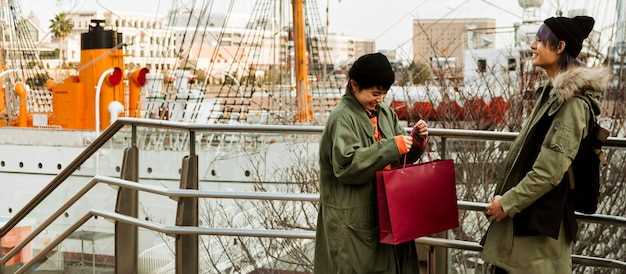
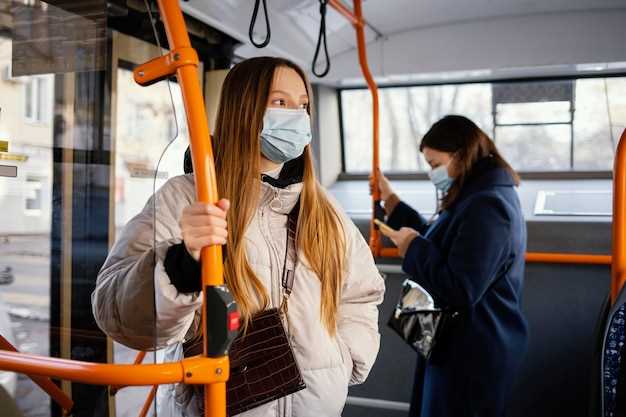 Getting Around Moscow – Metro, Buses, and Alternative Transport Options">
Getting Around Moscow – Metro, Buses, and Alternative Transport Options">
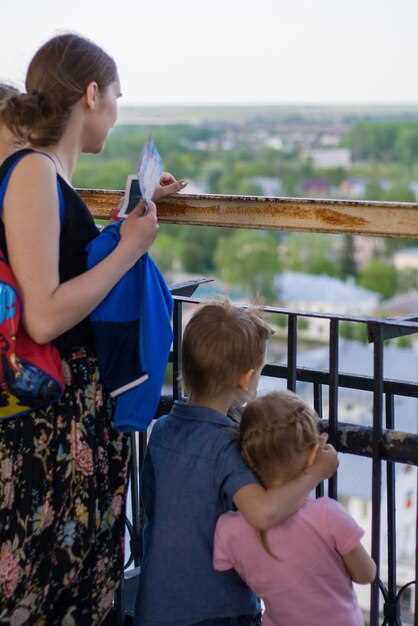 Family-Friendly Educational Tours in Moscow for Kids">
Family-Friendly Educational Tours in Moscow for Kids">
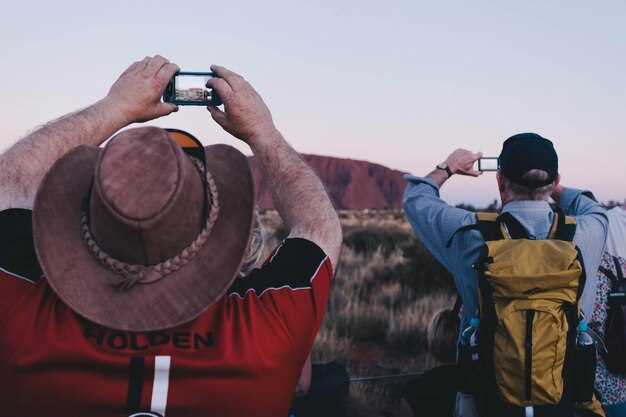 Private Tours – Customized, Exclusive Guided Experiences for Solo Travelers and Small Groups">
Private Tours – Customized, Exclusive Guided Experiences for Solo Travelers and Small Groups">
 Royal Yacht Club – Exclusive Membership, Premier Sailing Events, and Luxury Maritime Experiences">
Royal Yacht Club – Exclusive Membership, Premier Sailing Events, and Luxury Maritime Experiences">
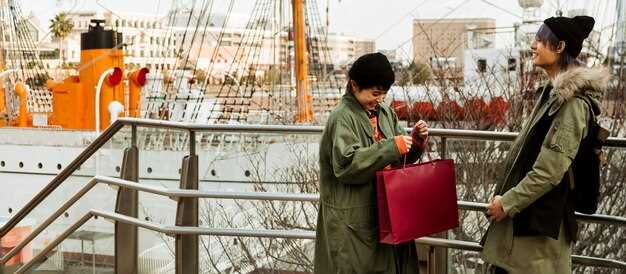 Is Moscow Safe for Tourists? 5 Essential Safety Rules for Visiting Russia">
Is Moscow Safe for Tourists? 5 Essential Safety Rules for Visiting Russia">
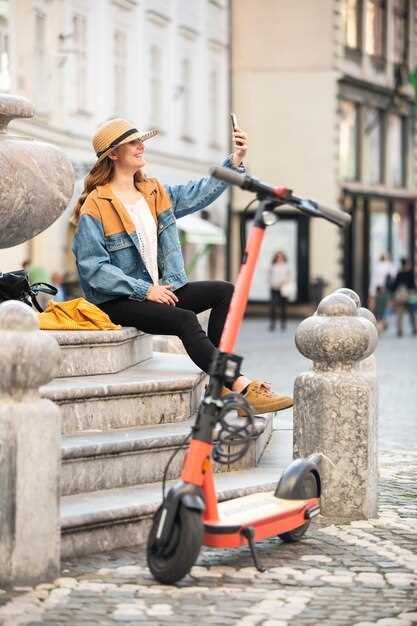 Electric Scooter and Bike Rental – Fast, Eco-Friendly City Travel">
Electric Scooter and Bike Rental – Fast, Eco-Friendly City Travel">
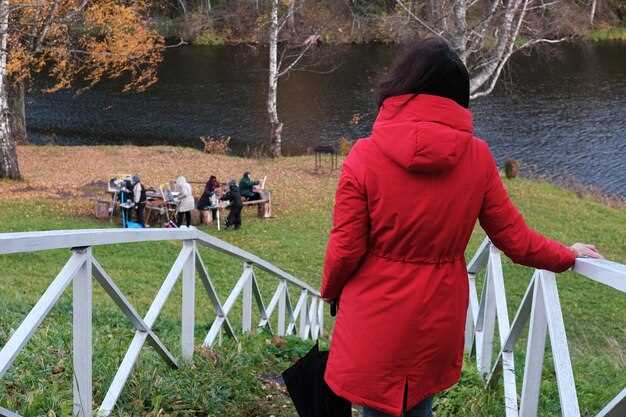 15 Interesting Things to Do in Moscow – Trekking, Opera, and More in 2025">
15 Interesting Things to Do in Moscow – Trekking, Opera, and More in 2025">
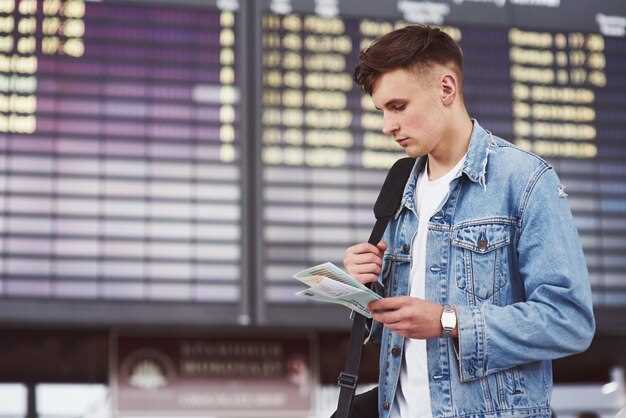 Airport Charges and Rates – How Fees Are Calculated and Why They Matter">
Airport Charges and Rates – How Fees Are Calculated and Why They Matter">
 Panorama 360 Federation Tower – Moscow City’s 360-Degree Observation Deck">
Panorama 360 Federation Tower – Moscow City’s 360-Degree Observation Deck">
 5 Most Beautiful Churches and Cathedrals in and Around Moscow">
5 Most Beautiful Churches and Cathedrals in and Around Moscow">